MagLev
Patented Magnetic Separation: Safely Isolating Unknown Powders for Rapid, Accurate Analysis and Streamlined Lab Workflows.
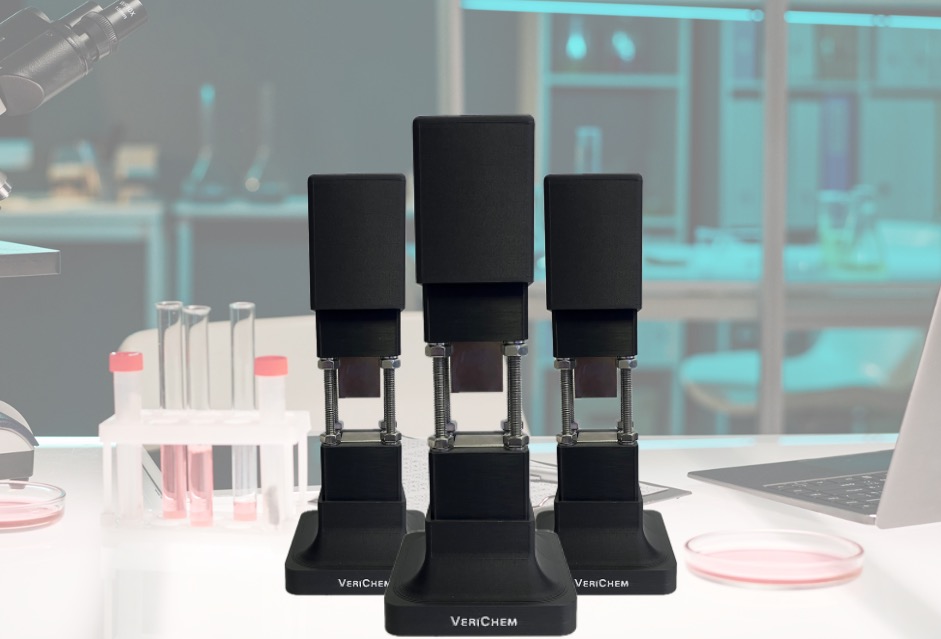
Discovery, not destruction.
The MagLev system offers unmatched sensitivity and precision, isolating even trace compounds in complex mixtures. By leveraging advanced Magnetic Levitation, MagLev can separate and concentrate multiple components in powdered substances, preserving each layer in a stable, suspended state. This innovative approach allows your laboratory to effortlessly extract and analyze each component with accuracy, delivering insights that surpass conventional sample preparation techniques.
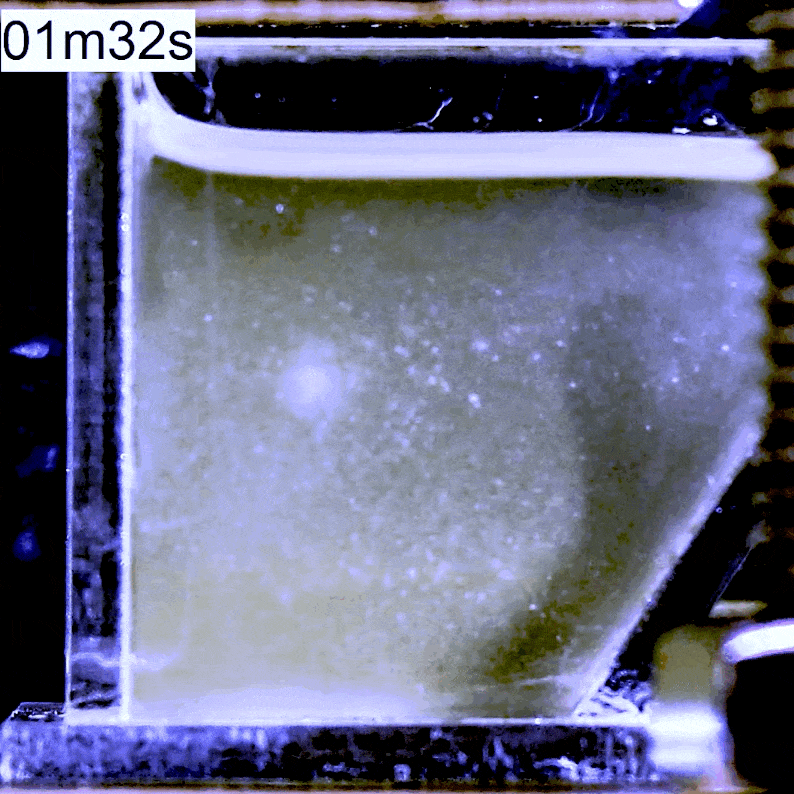
- Innovative Separation Method
- Cost-Effective Sustainability
- Enhanced Safety
- Reduces Waste
- Samples Are Kept Intact - Not Dissolved
- Rapid and Adaptive
*For Sale to Law Enforcement and Forensic Laboratories Only!
Safely add your powdered drug to the MagLev cartridge that is filled with a paramagnetic fluid. When placed in the MagLev device the powdered mixture is separated into its individual components based on differences in density.
Once the cartridge is positioned between the two magnets of the MagLev device, the powder levitates and separates based on the density of the different components and form distinct layers. Heavier cutting agents settle at the bottom while lighter chemicals rise to the surface. This results in clearly visible layers or clouds, primed for extraction.
After the MagLev system has separated and isolated the powder sample, laboratory technicians can safely extract each layer for further analysis. Alternatively, the sample can remain in the MagLev cartridge and be scanned using a RAMAN device for accurate substance identification.
How It Works
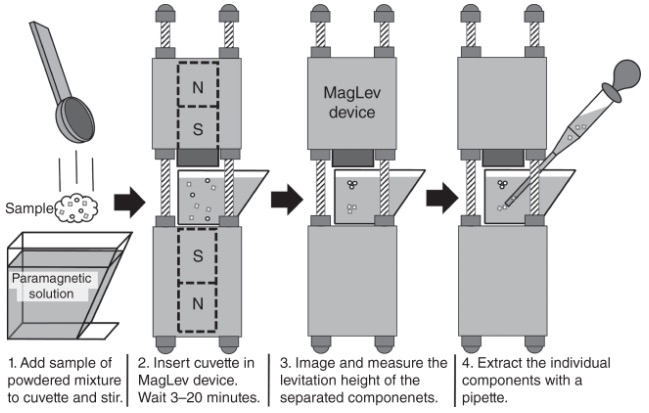
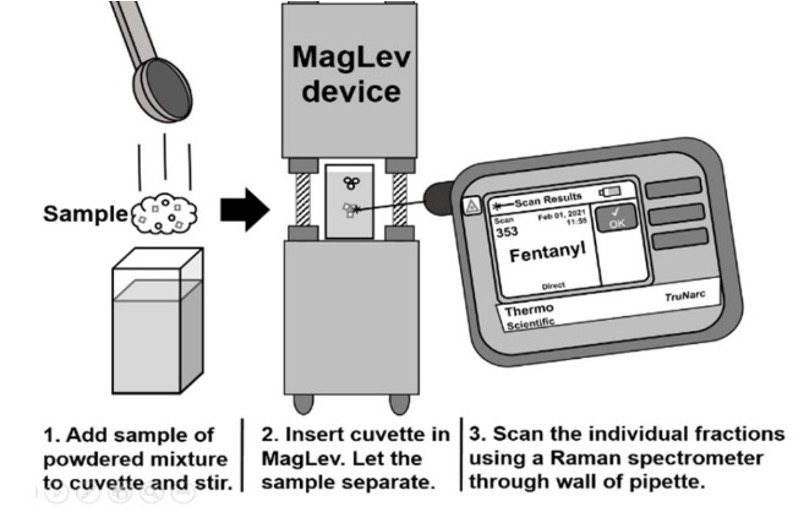
Benefits of MagLev in Forensics and Drug Detection
- High Sensitivity and Specificity: MagLev allows for the separation of drug components in very low concentrations (down to 1 wt%), which is crucial for detecting highly potent substances like fentanyl and its analogs in street drugs.
- Rapid and Efficient: The ability to quickly separate and presumptively identify different components within a mixture makes MagLev highly suitable for rapid screening in forensic contexts, reducing the backlog in drug testing labs.
- Non-Destructive Analysis: The non-destructive nature of MagLev enables the preservation of samples for further confirmatory tests, ensuring that evidence remains intact throughout the investigative process.
- Ease of Use: The device’s design is straightforward, requiring minimal training for operation, which is ideal for deployment in field settings such as border inspections and police operations.
- Cost-Effective: By providing preliminary results onsite, MagLev can reduce the need for extensive laboratory tests, thereby saving costs associated with drug analysis.
- Versatility: Suitable for a wide range of powdered substances and capable of identifying both common and novel adulterants and diluents mixed with illicit drugs.
- Safety: Reduces the risk of exposure to hazardous substances for law enforcement and forensic personnel by allowing an initial assessment of suspicious powders in a controlled environment.
- Complementary with Other Techniques: While MagLev provides preliminary data based on density, it can be seamlessly integrated with other analytical methods for comprehensive drug profiling.
Applications in Forensic Drug Analysis:
- Street Drug Analysis: Efficient for screening and identifying components in street-level drug samples, particularly useful in areas plagued by opioid crisis.
- Customs and Border Protection: Ideal for rapid onsite testing of substances at borders, helping to thwart the smuggling of illicit drugs.
- Law Enforcement: Assists police in quick onsite testing of suspicious powders during raids and arrests, providing immediate investigative leads.
MagLev with FTIR-ATR
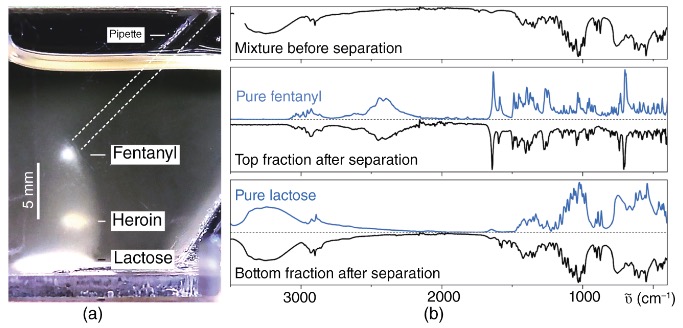
Separation via MAGLEV and identification by FTIR‐ATR. (a) Image of the separation (30 minutes) of a mixture of (50 mg) of fentanyl⋅HCl (1.3 wt%), heroin⋅HCl (2.6 wt%), and α‐lactose (96.1 wt%) using the MAGLEV device.
The sample was separated in our patented paramagnetic solution The dashed white lines delineate where the tip of the Pasteur pipette is located during the extraction of the fentanyl. (b) The FTIR‐ATR spectra of the fentanyl‐ and lactose‐rich fractions from the separation.
MagLev Drug Separation Examples
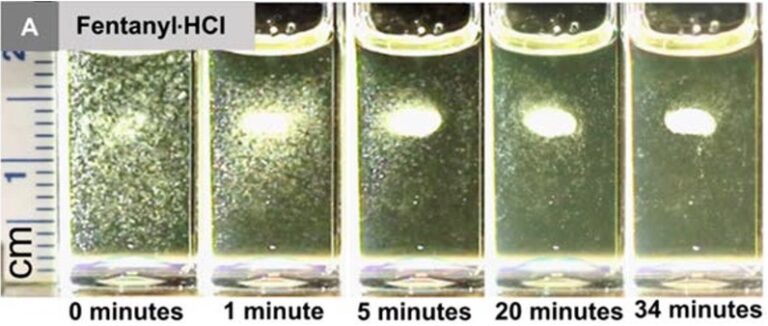
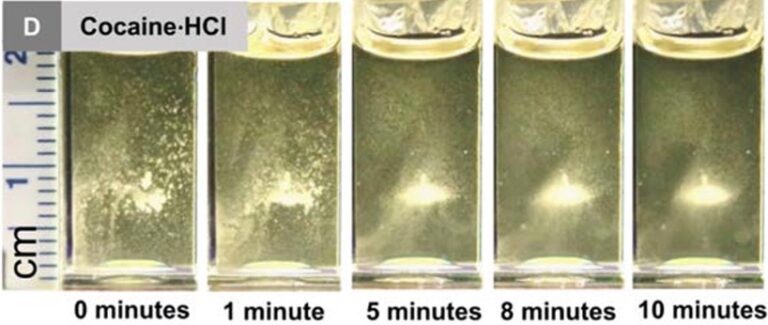
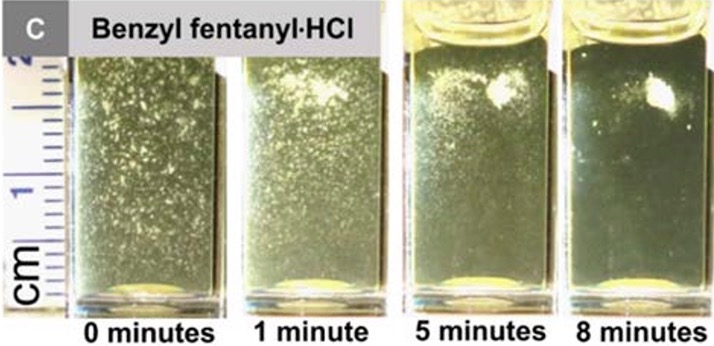
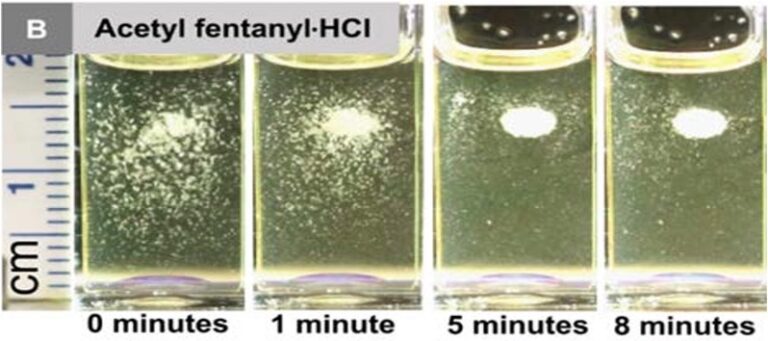
MagLev Pilot Program
Ask us about our pilot program and get a MagLev to use in your lab
Magnetic Levitation
What is Magnetic Levitation?
Magneto-Archimedes levitation (MagLev) enables the separation of powdered mixtures of illicit drugs (cocaine, methamphetamine, heroin, fentanyl and its analogs), adulterants, and diluents based on density, and allows the presumptive identification of individual components.




